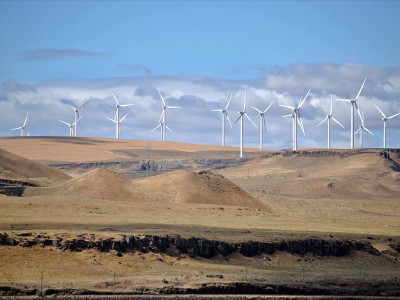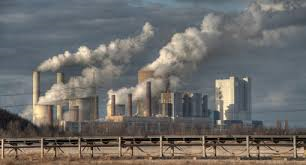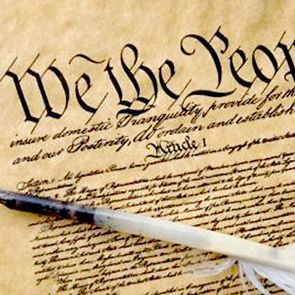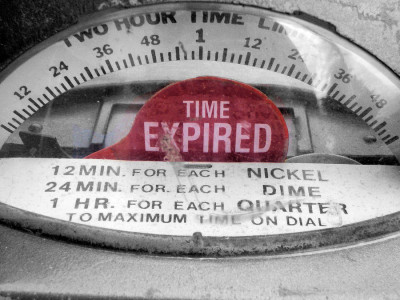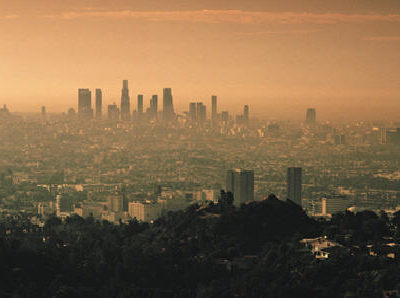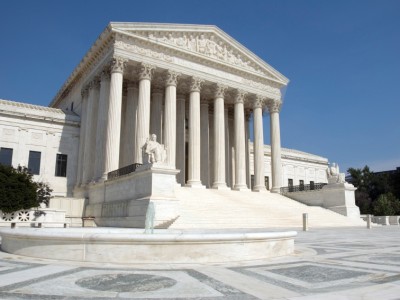Clean Air Act
Politics v. Legality and the Clean Power Plan
EPA’s Final Plan Changes State Targets, With New Winners and Losers
When the President released the final version of the Clean Power Plan last week, it contained a number of big alterations to the draft plan. One of the most significant changes was the way each state’s greenhouse gas emissions target was calculated. The bottom line is that — generally — states more heavily reliant on …
Continue reading “Politics v. Legality and the Clean Power Plan”
CONTINUE READINGWill Obama Get a Fourth Major Victory Tomorrow in Michigan v. EPA?
Decision Expected Tomorrow, Written by Someone Other than Scalia
Though the monumental decisions on health care and marriage equality are behind us, tomorrow remains another big day in the Supreme Court. Three cases remain undecided: Glossip v. Gross (whether Oklahoma’s execution methods are unconstitutional); Arizona State Legislature v. Arizona Independent Redistricting Commission (whether a state commission can draw Congressional electoral lines) and Michigan v. …
Continue reading “Will Obama Get a Fourth Major Victory Tomorrow in Michigan v. EPA?”
CONTINUE READINGWhat’s at Stake in Michigan v. EPA, the U.S. Supreme Court Hazardous Air Pollutant Case?
Decision expected in next few days
Although King v. Burwell (the Affordable Care Act case) and Obergefell v. Hodges (the same sex marriage case) are garnering more attention, sometime between tomorrow and Monday the Supreme Court will also hand down its decision in Michigan v. EPA. In the Michigan case, the Court will decide whether EPA’s Clean Air Act rules to regulate hazardous air pollutants …
CONTINUE READINGClean Air versus States Rights
A sleeper decision by the D.C. Circuit upholds federal air pollution authority.
The D.C. Circuit’s decision last week in Mississippi Commission on Environmental Quality v. EPA didn’t get a lot of attention, despite having a very significant constitutional ruling. Since the constitutional discussion doesn’t start until about page seventy, after many pages of scintillating discussion of matters like the reliability of private air pollution monitors and the …
Continue reading “Clean Air versus States Rights”
CONTINUE READINGHas EPA’s Proposed NSPS Expired?
Responding to claims that EPA must withdraw its proposed rules to control power-plant GHGs under CAA § 111
Challenges to EPA’s emergent program to regulate greenhouse gas (GHG) emissions under Clean Air Act section 111 continue to mount. Recently, the Attorneys General of 19 states sent a joint letter to EPA arguing that because EPA failed to finalize its proposed New Source Performance Standard (NSPS) for GHG emissions within one year—as the Clean …
Continue reading “Has EPA’s Proposed NSPS Expired?”
CONTINUE READINGWhere Does Air Pollution Come From?
When we think about pollution sources, we tend to picture factories. As it turns out, that’s wrong. At least, that’s the finding in a very carefully conducted study by UT’s David Adelman. He found that industry is not a leading source of air pollution, with two major exceptions. One exception consists of coal-fired power plants (and …
Continue reading “Where Does Air Pollution Come From?”
CONTINUE READINGPolitical systems and environmental law
The other day I posted about Australia’s repeal of its carbon tax. Australia is not the only country that is going through some retrenchment in environmental law. In Canada, the government made some substantial alterations to the requirements for environmental review for government projects (reducing the scope of the requirement and limiting it to certain …
Continue reading “Political systems and environmental law”
CONTINUE READINGUARG Strikes Back
Will UARG Persuade the Supreme Court to Overturn New Air Quality Standards?
“UARG” sounds like the name of a monster in a children’s book or maybe some kind of strangled exclamation. But it actually stands for Utility Air Regulatory Group, which represents utility companies in litigation. UARG did well in two important Supreme Court cases last year, winning part of the case it brought against EPA climate change …
Continue reading “UARG Strikes Back”
CONTINUE READINGGuest Blogger John Nagle: The Clean Air Act Applies to Greenhouse Gases Because of What Congress Said, Not Because of What Congress Intended
A Reply to Megan Herzog
In my recent CNN op-ed and in her previous post, Megan Herzog and I agree that the Supreme Court has properly interpreted the Clean Air Act (CAA) to apply to the emission of greenhouse gases. We just disagree about the correct manner in which to reach that conclusion. Judges and scholars generally favor an originalist …
CONTINUE READINGA Response to John Nagle: The Clean Air Act as a Whole Supports Climate Regulation
Debating the Relationship between the Healthcare Fight and Climate Regulation
Last week, conflicting federal court decisions regarding the Patient Protection and Affordable Care Act, commonly known as the ACA or “Obamacare,” set the nation abuzz. In Halbig v. Burwell, the D.C. Circuit Court of Appeals struck down an Internal Revenue Service (IRS) regulation providing federal subsidies to low-income taxpayers who purchase health insurance through a …
CONTINUE READING



